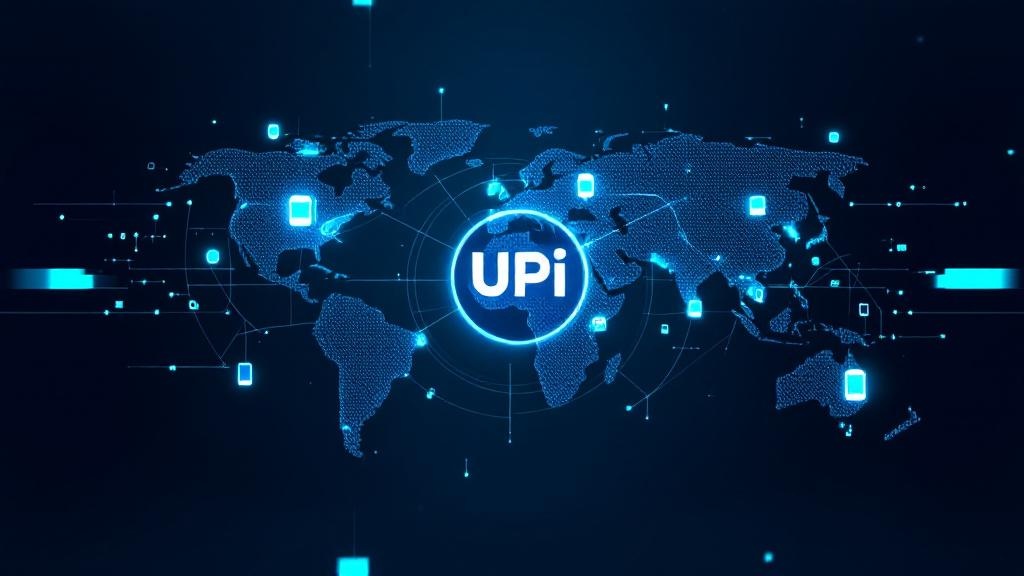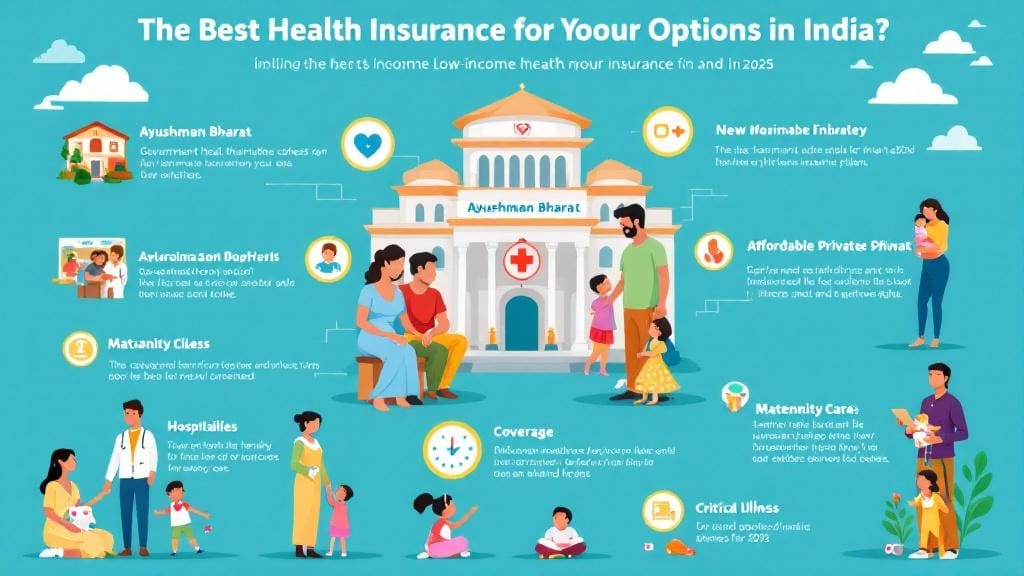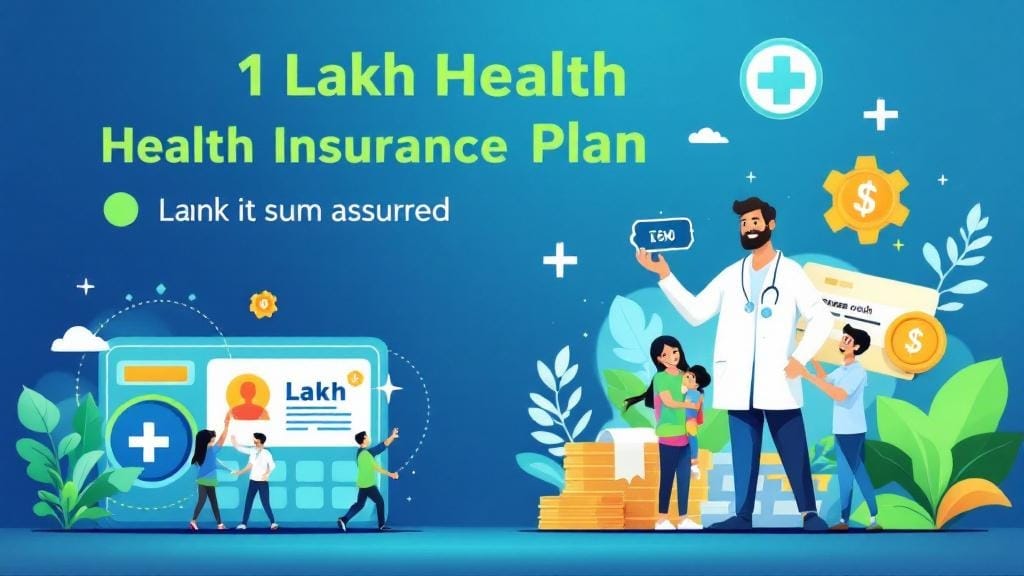In times of crisis, whether it’s a natural disaster, medical emergency, or unexpected financial need, having quick access to your funds can make all the difference. Traditional banking methods may not be enough, especially when you’re faced with a time-sensitive situation. This is where mobile banking during emergencies can truly shine, offering an invaluable resource for managing urgent financial needs.
In this article, we will explore the importance of mobile banking during emergencies, its various uses, and how you can make the most of mobile banking in critical times. We’ll cover everything from emergency money transfers to accessing funds during disasters, and we’ll provide actionable insights on how to use mobile banking services to ensure your financial well-being when it matters most.
What is Mobile Banking During Emergencies?
Mobile banking during emergencies refers to the use of mobile banking apps, digital wallets, and other mobile payment systems to perform financial transactions in urgent situations. Whether you need to send money quickly, pay for medical bills, or access funds while stranded in a disaster zone, mobile banking can help you navigate these critical moments without needing to visit a physical bank.
With mobile banking, you can carry out essential financial tasks—such as transferring money, paying bills, or even accessing emergency funds—from the comfort and safety of your home, office, or wherever you are. Let’s dive into how mobile banking can be your lifeline during emergencies.
Why Mobile Banking is Crucial During Emergencies
In times of crisis, several factors make mobile banking an essential tool:
Instant Access to Funds
Mobile banking offers quick access to your bank account, so you can withdraw or transfer funds without delay, which is especially crucial during emergencies.24/7 Availability
Emergencies don’t occur within banking hours. With mobile banking, you can access your funds anytime, anywhere, without worrying about bank timings or closures.Convenient for Remote Locations
If you are caught in a remote or disaster-affected area, mobile banking provides a convenient way to access financial resources without needing to travel to a physical bank.Security
Mobile banking apps offer a range of security features, such as encryption, multi-factor authentication, and biometric logins, which help ensure your funds and transactions remain secure even in high-risk situations.Instant Transactions
One of the key benefits of mobile banking in emergencies is the ability to perform instant money transfers to family, friends, or service providers. For example, mobile banking for emergency funds can be done through quick money transfer services, such as IMPS or UPI.
Common Emergency Situations Where Mobile Banking Can Help
1. Medical Emergencies
In medical crises, quick access to funds is critical. Using mobile banking for medical emergencies allows you to instantly transfer money to hospitals, pay for emergency treatments, or even cover unforeseen medical expenses. This means that you won’t have to wait in long lines at physical banks or worry about carrying cash.
Real-Life Example:
If you’re traveling abroad and experience a sudden health issue, you can use your mobile banking app to instantly send money to the hospital or a healthcare provider to cover medical bills, ensuring timely treatment.
2. Natural Disasters and Emergencies
Natural disasters such as earthquakes, floods, or cyclones can leave individuals stranded or without access to local banks. In such situations, mobile banking helps by allowing you to send money to affected loved ones or access your own savings to pay for evacuation or relief efforts.
Real-Life Example:
During the 2019 Kerala floods, many affected individuals relied on mobile banking and digital wallets to receive funds for immediate relief, as the physical banking infrastructure was damaged.
3. Traveling and Stranded in Remote Areas
Whether it’s due to a car accident or sudden travel disruptions, if you’re stranded and need to get home, mobile banking provides an easy way to transfer money or access emergency funds, even when you are in a remote location with limited connectivity.
4. Urgent Payments for Crisis Management
Mobile banking for urgent financial needs, like paying for an emergency accommodation or transportation, can be done on the go. Whether you’re in a new city or affected by a natural disaster, digital banking can ensure you don’t face any financial constraints during critical moments.
Features of Mobile Banking That Aid in Emergencies
To help you navigate through emergencies, mobile banking apps come with various features that provide instant access to funds and services. Some of the features include:
1. Emergency Money Transfers via Mobile Banking
Many mobile banking apps allow you to instantly transfer money, which is particularly useful when you need to send emergency funds to family members or friends. Services such as IMPS (Immediate Payment Service), UPI (Unified Payments Interface), and NEFT (National Electronic Funds Transfer) facilitate instant transfers.
2. Mobile Wallets in Emergency Cases
Mobile wallets like Google Pay, Paytm, and PhonePe are invaluable tools during emergencies, as they allow you to store and transfer funds directly from your phone. These wallets often have features like bill payments, emergency transfers, and more.
3. Contactless Payments During Emergencies
Mobile banking also supports contactless payments, which means you can make payments using your phone, avoiding cash handling—ideal for situations where physical contact is a concern, such as during a medical emergency or while in a disaster zone.
4. Online Banking for Fast Money Transfers
Online banking platforms, integrated into mobile apps, allow you to quickly transfer money to any recipient, even to someone in a different city or country. This eliminates the need for paper-based or slower methods of transfer.
5. Banking Solutions During Natural Disasters
Some banks offer specialized banking solutions for natural disaster victims, such as waivers for fees, extended deadlines, or access to emergency funds through mobile banking platforms. These services can be life-saving in times of need.
How to Use Mobile Banking for Financial Relief During Emergencies
Download Your Bank’s Official App
Start by downloading your bank’s mobile banking app or a secure payment app like Google Pay, Paytm, or Amazon Pay. Make sure you enable all security features to keep your account safe.Set Up Emergency Alerts
Most apps allow you to set up alerts for specific transactions. Enable alerts to monitor your emergency transfers or to get notified when funds are sent or received.Link Your Bank Account to Mobile Wallets
Link your bank account to a mobile wallet like Paytm or PhonePe for easy transfers. Ensure your mobile wallet is connected to a payment method such as UPI or debit/credit cards for quick access to funds.Check for Emergency Assistance Programs
During times of natural disasters or public emergencies, banks often provide programs that offer financial assistance to those in need. Check for any such programs through your bank’s mobile app.
FAQs: Mobile Banking During Emergencies
1. How can mobile banking help in medical emergencies?
Mobile banking enables quick transfers to hospitals, clinics, or pharmacies, making it easy to access urgent medical funds. You can also use digital wallets to pay for medical bills directly from your mobile device.
2. What are the best mobile banking apps for emergencies?
Some of the top mobile banking apps include Google Pay, Paytm, PhonePe, and your bank’s official mobile app. These apps allow for emergency transfers, secure payments, and access to funds 24/7.
3. Is mobile banking secure during a disaster?
Yes, mobile banking is generally secure, with features like multi-factor authentication and encryption. However, it’s essential to ensure that you download apps from official sources and avoid using public Wi-Fi when conducting sensitive transactions.
4. How can I transfer money urgently during a crisis?
You can use mobile banking to instantly transfer money via IMPS, UPI, or digital wallets. These methods allow for real-time payments to anyone in need of immediate financial support.
5. Can mobile banking be used for disaster relief donations?
Yes, many mobile banking apps allow you to donate to disaster relief funds. Banks and mobile wallets often partner with charities to facilitate quick donations in times of need.
6. What happens if my phone is lost during an emergency?
Most mobile banking apps offer features like remote locking or the ability to suspend access to your account. You should contact your bank immediately if your phone is lost to protect your funds.
7. How can I access funds without an ATM during an emergency?
With mobile banking, you can access funds through digital wallets and UPI transfers, even if you don’t have access to an ATM. These methods are perfect for situations where ATM infrastructure is unavailable.








Comments (0)